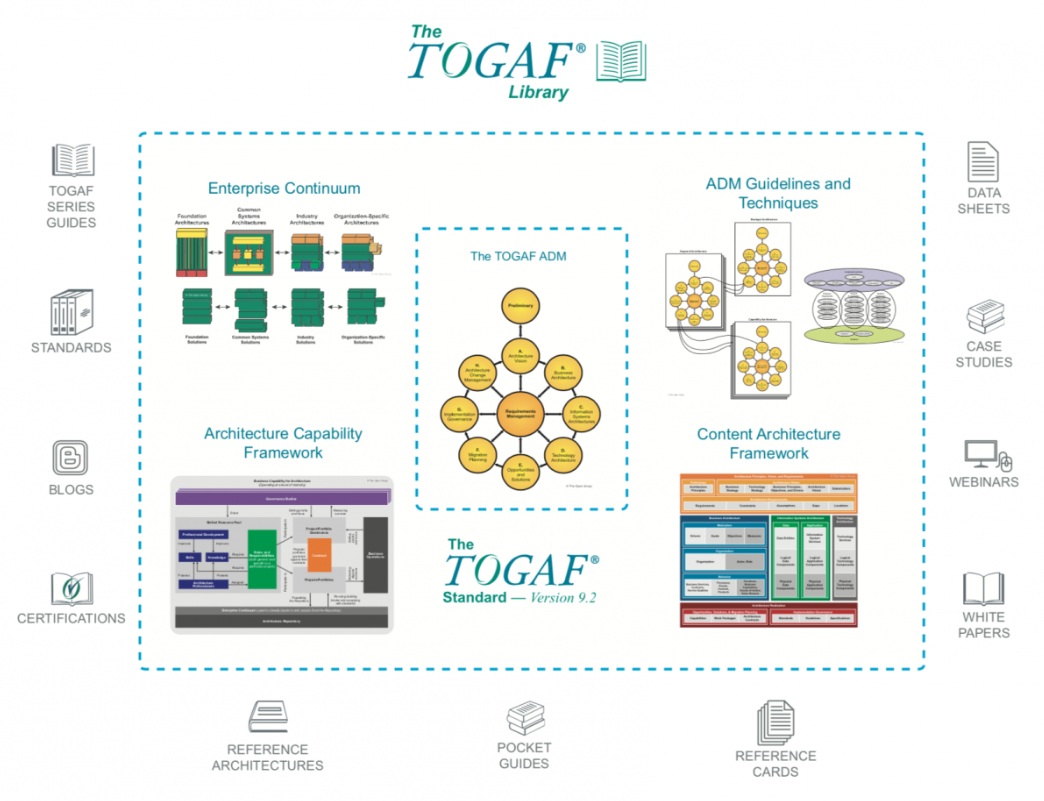Because…….Part 1 (TOGAF Foundation) only covers the theory, whereas Part 2 (TOGAF Certified) covers the practical, hands-on knowledge and experience required for real enterprise and solution architects. If you want to learn how to really use TOGAF, you need to do both….here is why?

TOGAF is a framework for developing complex solutions. By complex solutions, I mean solutions that involve many different components and involve more than 20 people to develop. Examples include:
- Aircraft development
- Patient care
- Online retail stores
- Access control systems
- Process control and SCADA systems
- Big data and analytics systems
Here is a good link showing TOGAF being used in an Aviation Case Study:
https://kipstor.com/case-studies/aviation-case-study/

It is used by IT architects, to make sure that nothing in the solution has been overlooked. Companies working in financial services, healthcare, manufacturing, mining, consumer technology, aerospace, government and industries that are highly regulated, all require architects to be TOGAF Certified. This means both Part 1 and Part 2.
There are 2 levels are outlined below:
- Part 1 – TOGAF 9 Foundation
- Part 2 – TOGAF 9 Certified
TOGAF Foundation (Part 1)
This is run as a 2 day course and includes all theory. It includes:
- Core concepts and key terminology, so that all architects are talking the same language.
- Architectural Development Method (ADM) that allows you to ensure that all components of the architecture are not forgotten.
- Architecture Governance models to help align businesses to their corporate or regulatory governance models.
- Lists and descriptions of all the key artifacts and deliverables you should consider, depending on the engagement size and the type of solution that is required.
- A clear meta-model aligned to the archimate standard, that allows you to create consistent, clear and engaging content. This enables efficient and timely collaboration with stakeholders.
TOGAF Certified (Part 2)
This is run as a 2 day course, immediately after the 2 day Foundation course. It covers exercises on how to apply the theory in Part 1, and includes:
- Taking the meta-model and understanding how to use it. How to create artifacts to address stakeholder concerns. This standard is used across many modelling tools including Avolution Abacus, Orbus iServer and Sparx EA.
- Using the Architectural Development Method in teams, to apply the knowledge to real use cases. These use cases are chosen by the students and relate to their actual work.
- Preparing architects on how they can apply their existing experience with their new knowledge. Applying this in a practical day to day context is very important.
- Exercises around how to apply the Architecture Governance model in large corporations.
- Understanding how to create reference architectures. Reference architectures help improve solution quality and consistency in solutions and also provide a common language.
- Student discussions, workshops and real examples from the trainer.
Here is one view, of the TOGAF meta-model, (copyright Open Group):

Interested in learning more about completing both parts of TOGAF. Check out our courses here:
https://alctraining.com.au/course/togaf-9-level-1-2-certificate-course/

If you want to learn more about TOGAF and understand what is included in the latest TOGAF 9.2 course, check out my blog article here:
https://www.paulcolmer.com/blog/whats-new-in-togaf-92
And here is a special flashcard quizlet I created for you to use for FREE:
https://quizlet.com/315748007/togaf-92-the-open-group-architecture-framework-paul-colmer-diagram/

